Konstantin Grcic’s ’Hieronymus’ pushes the boundries of form and function
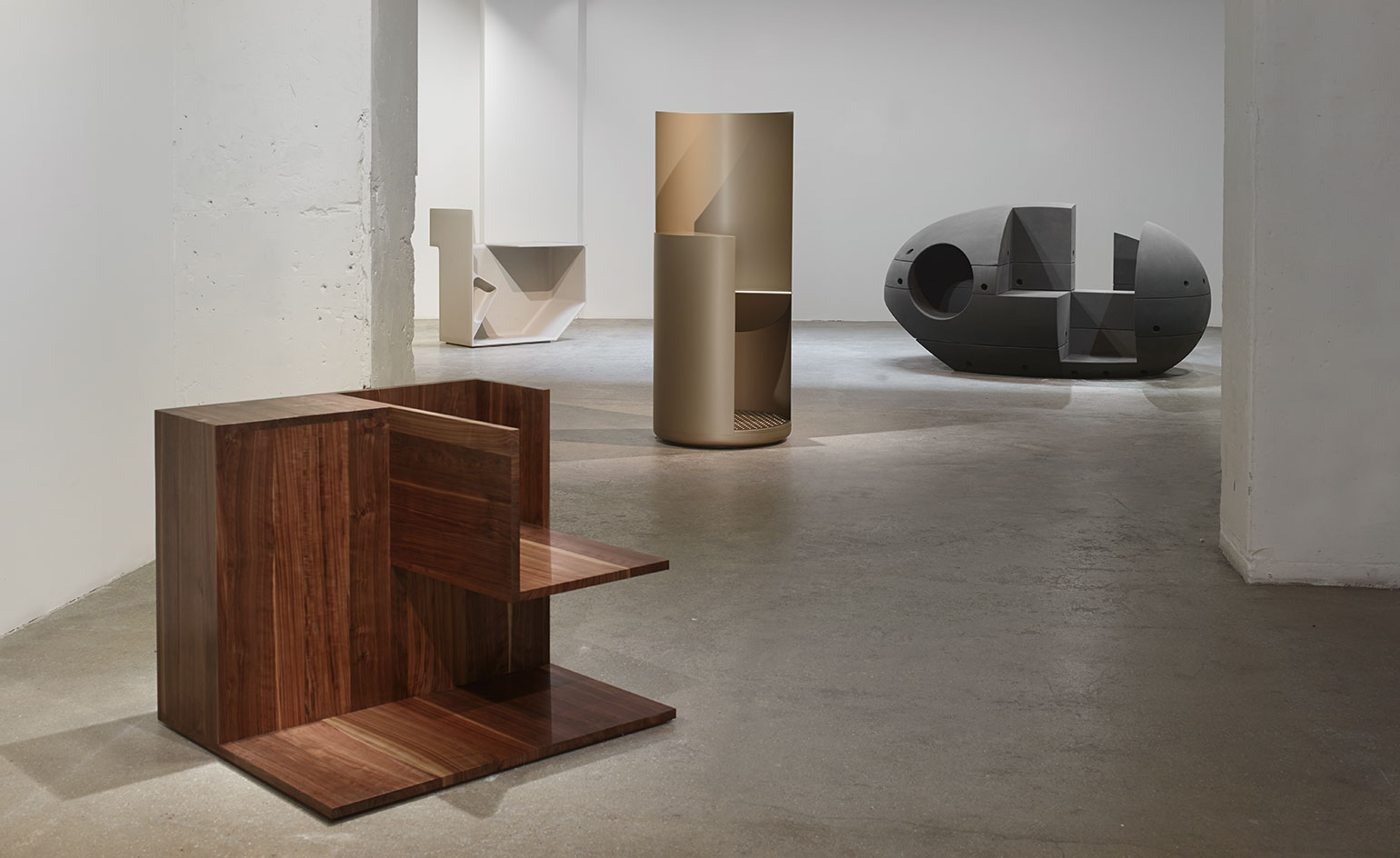
To understand how Konstantin Grcic arrived at his latest series, 'Hieronymus', you must refer to the painting by Antonello da Messina of Saint Jerome in his study. In it, the theologian and Doctor of the Church, most recognised for translating the Bible into Latin, is situated on a podium rendered with architectural elements like a proscenium-cum-office.
Flash forward roughly 500 years when Grcic was training as a cabinetmaker in Dorset where he first saw a photo of the work, exhibited in the National Gallery, and marveled at this unusual depiction of furniture. His five pieces currently presented at the Galerie Kreo adopt this workstation concept circa 1475 while radically rethinking the design for today.
Within the Paris gallery, the varyingly geometric works give the impression of sculptures, whether cube-like in Carrara marble, tube-like in gold matte-finish aluminum, ovoid in 3D-printed sand, or irregularly pentagonal in fibre-cement. But the German designer – also currently showing a selection of plinth designs at the Kunsthalle Bielefeld – says he never considered the pieces as unoccupied. ‘Even in our early visualisations and illustrations, there was always a person inside,’ he tells Wallpaper*, demonstrating how each invites a slightly different posture.
More than just striking forms, the units serve as self-contained spaces for reading, writing or else the oft-neglected art of contemplation. Grcic points out how occupying one offers a reminder that furniture engages multiple points of contact: how we sit, where we place our feet, whether we can easily rest our elbows. ‘You can argue, “Is it comfortable or is it uncomfortable?” I think it’s both; it depends very much on your frame of mind and what you want to do,’ he says, before adding they are not intended as ‘9-to-5 desks.’
Grcic notes, too, how these ‘proposals’ present different typologies to the standard chair and table within a small footprint. The uprightness of the aluminum design, for instance, has the effect of a minimalist throne, while the larger 3D design could accommodate several people like space-age, tête-à-tête
-style seating.
Unlike some of his industrial designs, Grcic says conceiving a series for Galerie Kreo allows him to test the limits of form and function. ‘The gallery is the kind of oratory or playground for trying things out. When you find things that work, they could end up being used in a commercial project. But I think you have to go extreme in order to learn a lot,’ he says.
Still to be determined is whether the pieces themselves might enable different ways of thinking—that leaning on the bench within the fibre-cement structure could stimulate ideas that wouldn’t materialise from sitting in the back of a taxi. To this, Grcic replies, ‘I think this is most significant; any chair has an effect on mind and how you work. Some people can concentrate anywhere, like in an airport. But here, I think the physical interaction puts you into a space which is also a mental space.’
Without doubt, it’s also a contemporary space, which he believes relates it back to the da Messina tableau ('Hieronymus' is Jerome in Latin). 'I think it’s something very much of today, just as much as the painting depicted how someone would think about Jerome in his study at that time,’ Grcic explains. ‘I couldn’t have done these five years ago and maybe I wouldn’t do them in five years’ time.’
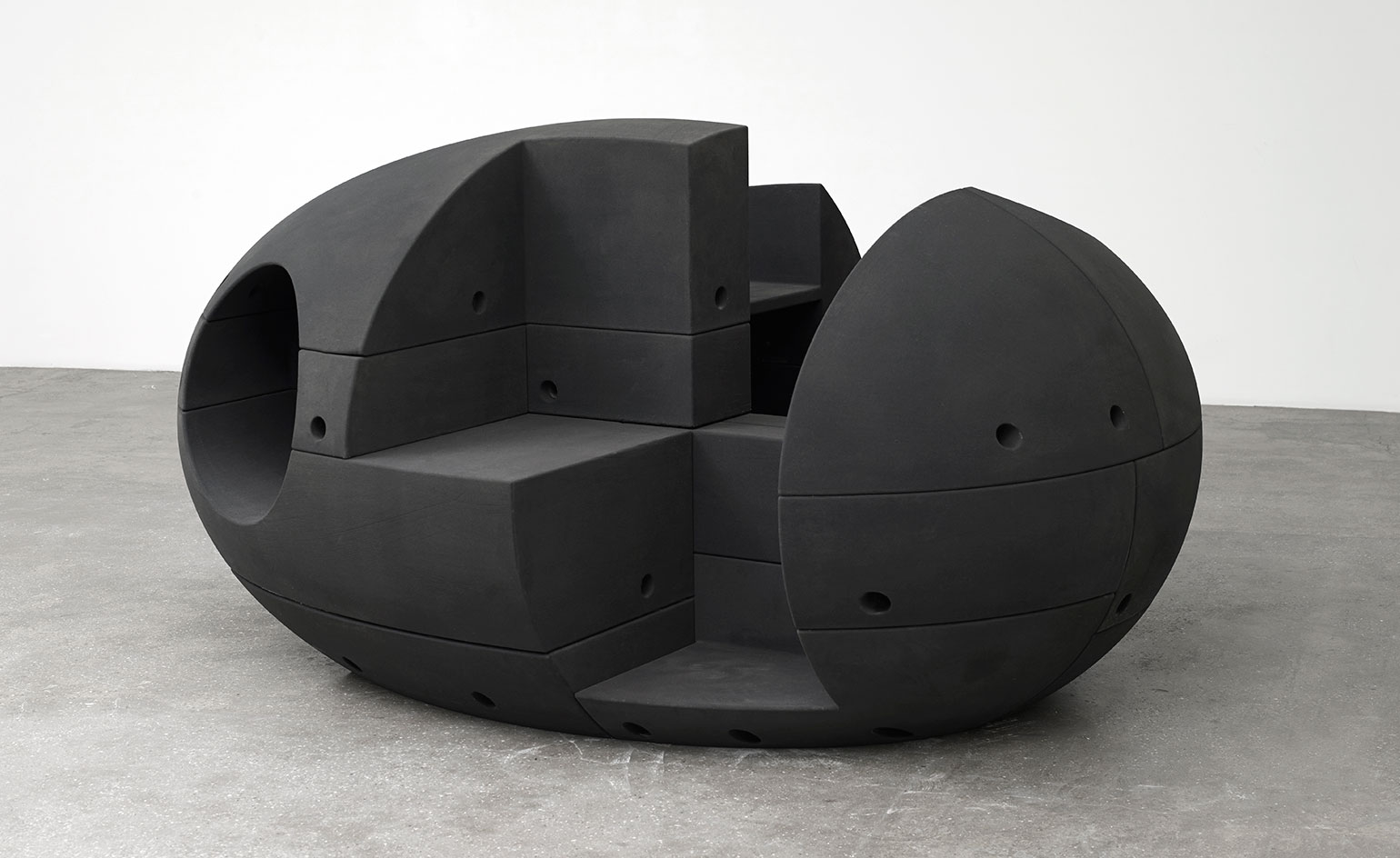
Adopting the workstation concept circa 1475 depicted in a painting by Antonello da Messina of Saint Jerome, Grcic has radically reinterpreted the design for today. Pictured: '3D'
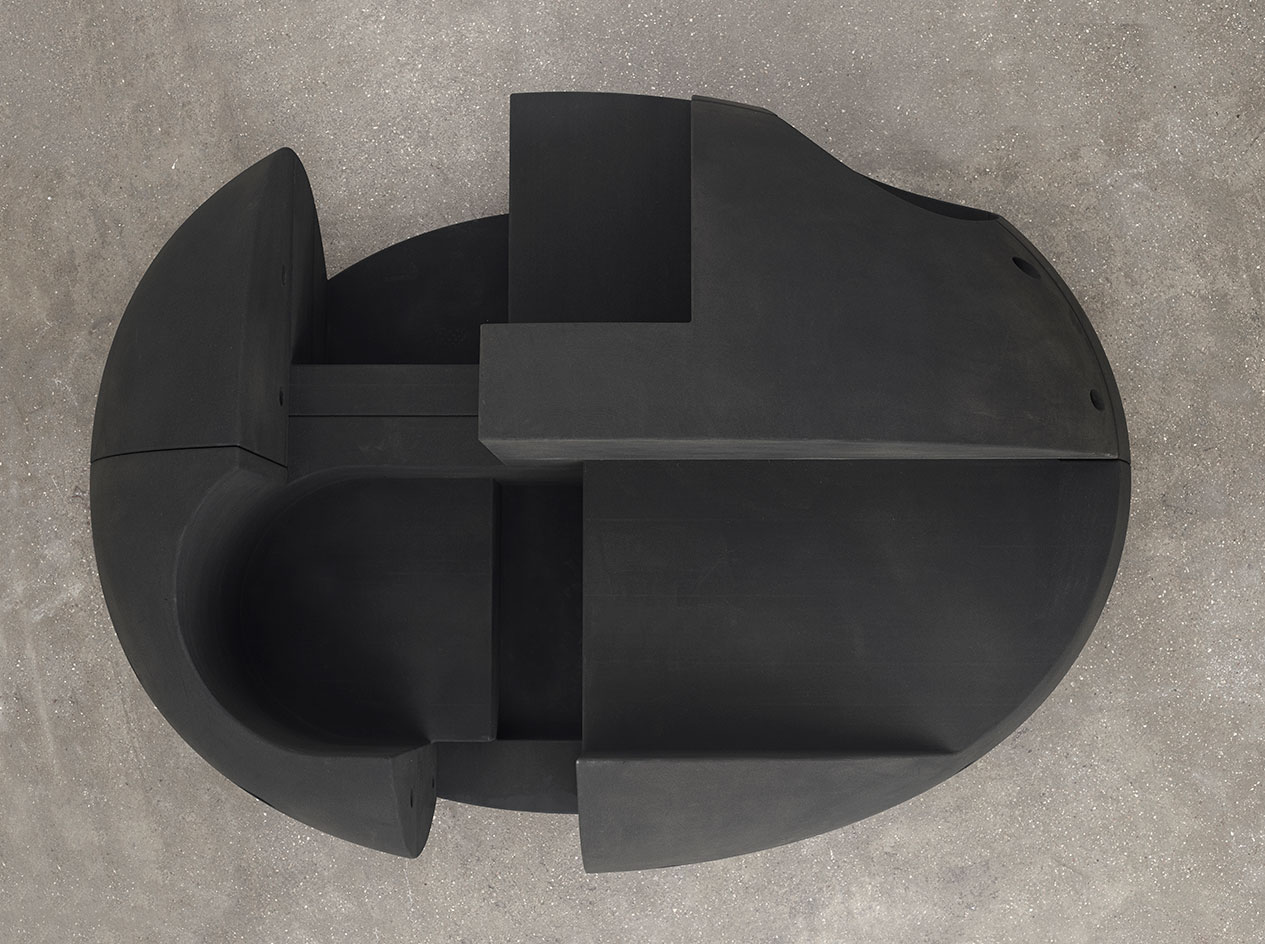
The varyingly geometric works at times seem more like sculptures, but they are more than just striking forms... Pictured: '3D' as seen from above
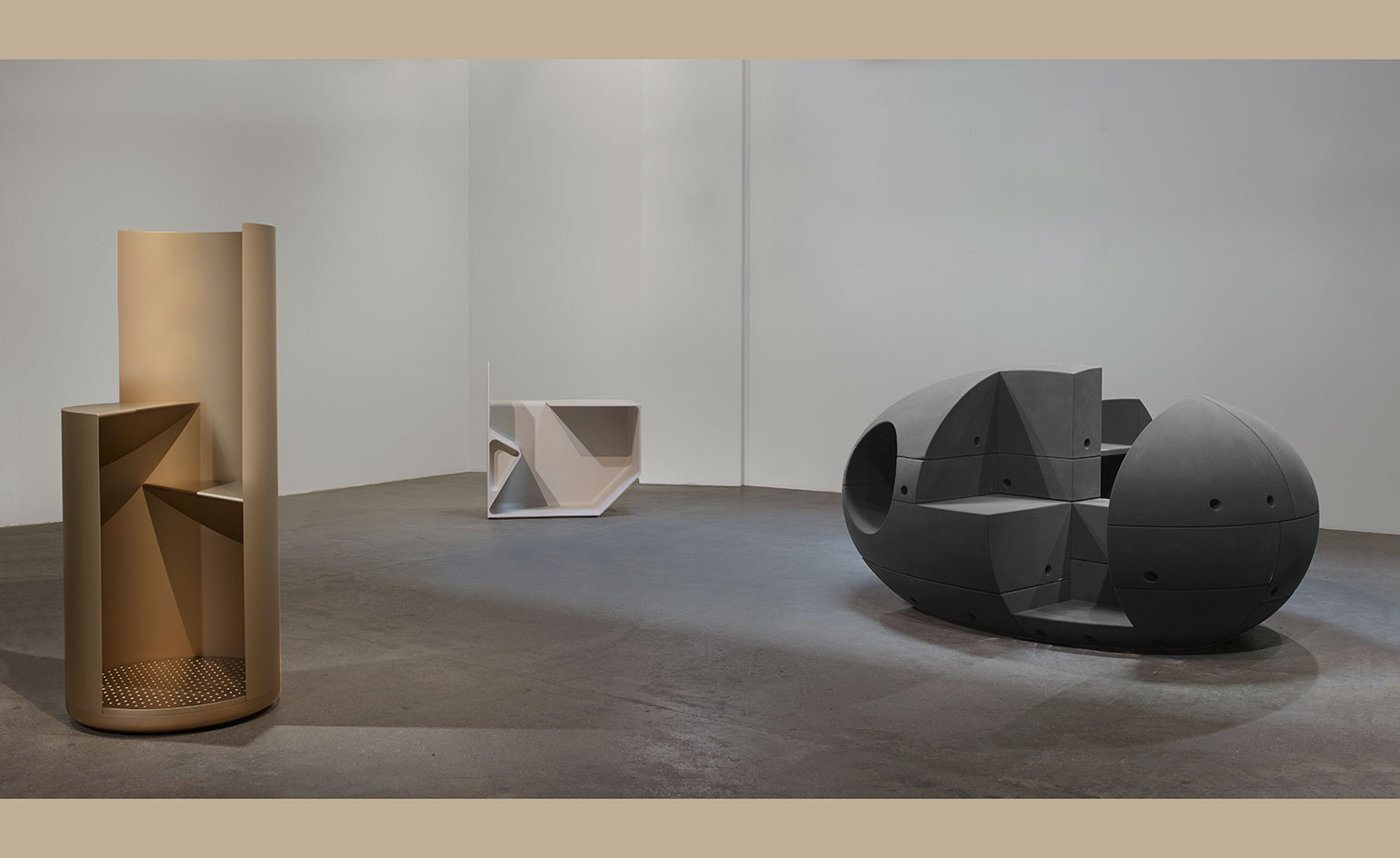
The units serve as self-contained spaces for reading, writing or else the oft-neglected art of contemplation
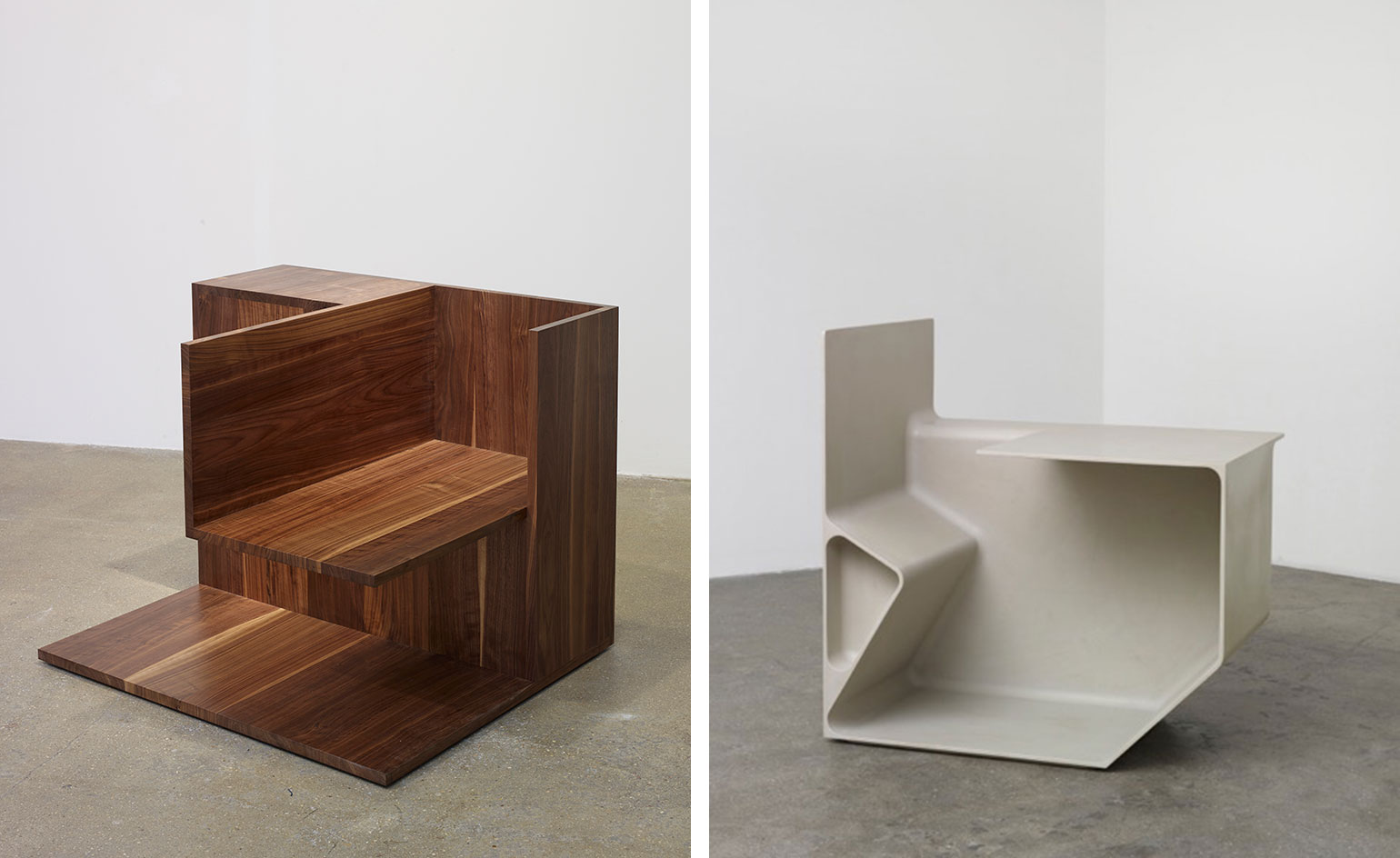
Grcic points out how occupying one offers a reminder that furniture engages multiple points of contact: how we sit, where we place our feet, whether we can easily rest our elbows. Pictured left: Wood. Pictured right: Minero
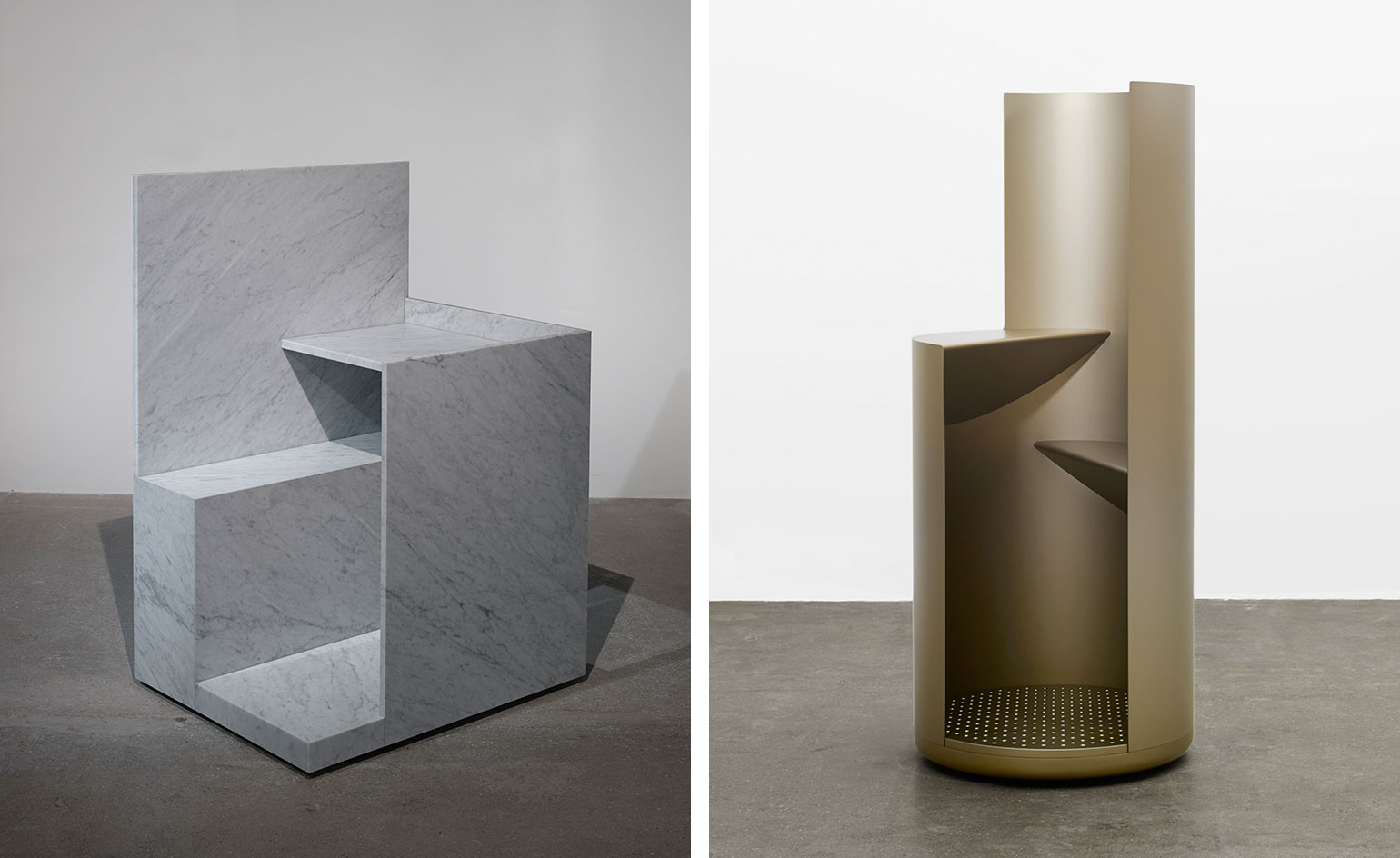
These ‘proposals’ present different typologies to the standard chair and table. The uprightness of the aluminum design, for instance, has the effect of a minimalist throne, while the larger 3D design could accommodate several people like space-age, indiscret-style seating. Pictured left: Marble. Pictured right: Metal
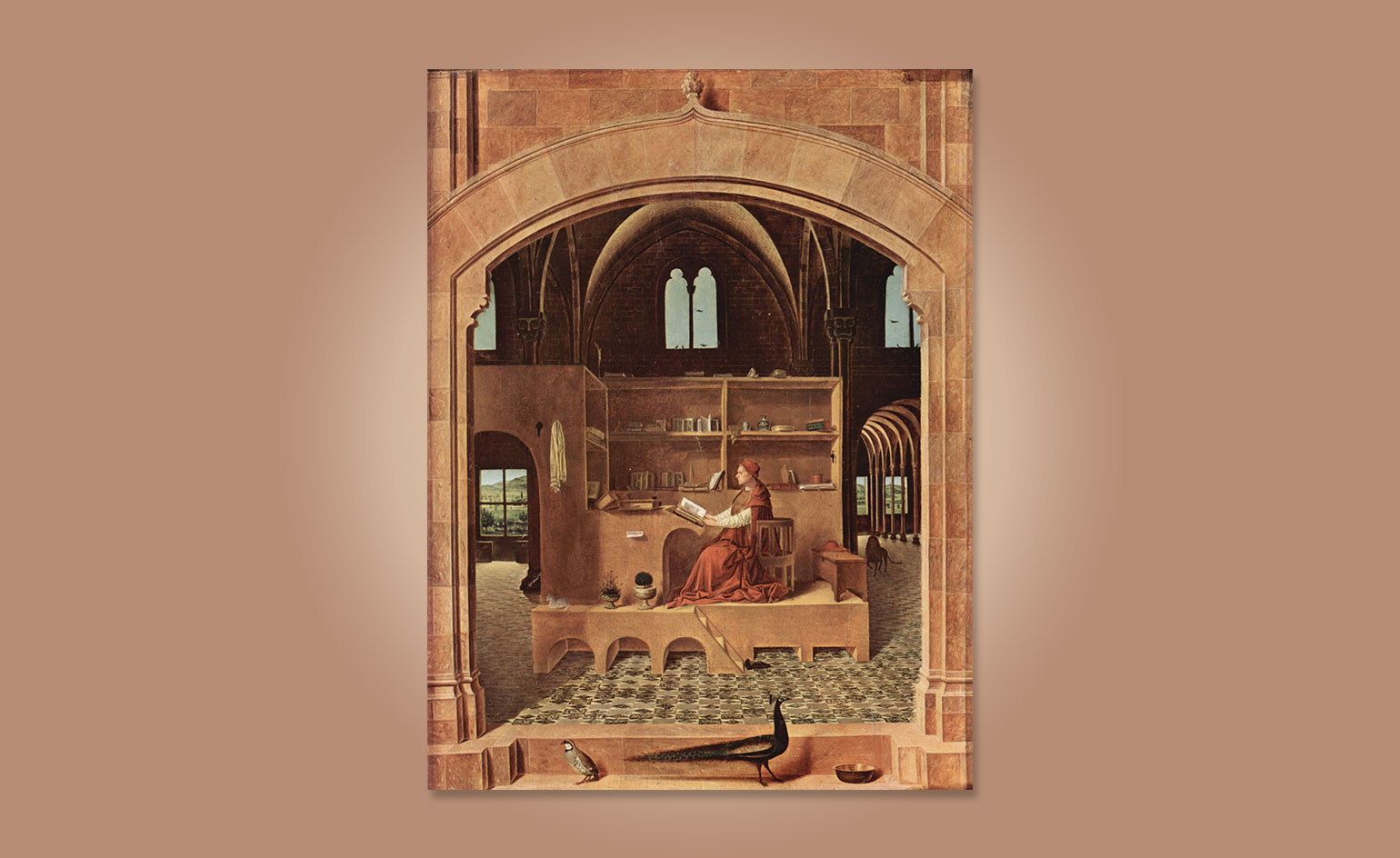
In Antonello da Messina's painting of Saint Jerome in his study, pictured, the theologian and Doctor of the Church, most recognised for translating the Bible into Latin, is situated on a podium rendered with architectural elements like a proscenium-cum-office. Photography courtesy of The National Gallery, London
INFORMATION
’Hieronymus’ is on view until 16 July. For more information visit the Galerie Kreo website
ADDRESS
31 rue Dauphine, 75006, Paris
Receive our daily digest of inspiration, escapism and design stories from around the world direct to your inbox.
-
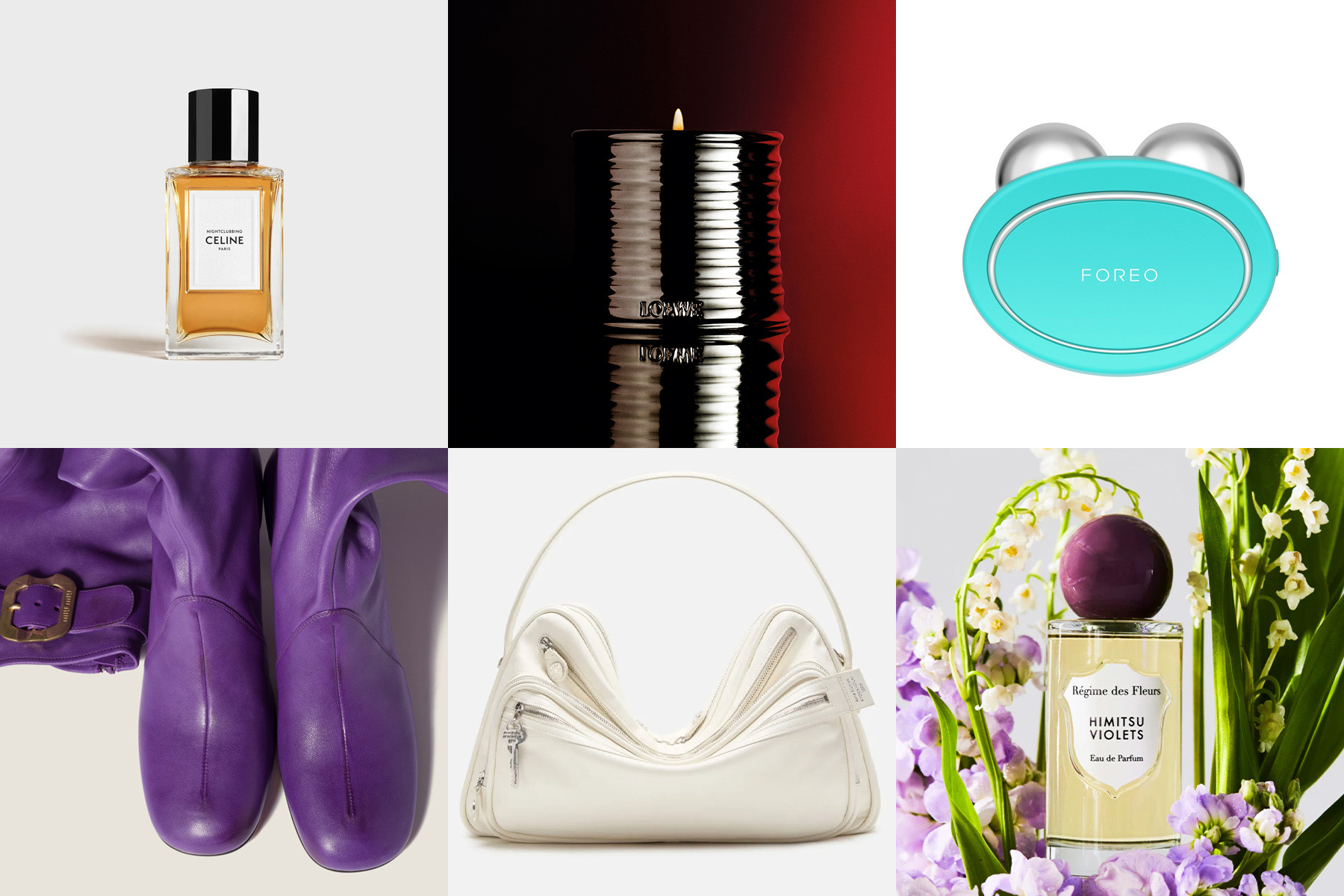 Wallpaper* Gift Guides: What beauty editor Mary Cleary has on her wishlist
Wallpaper* Gift Guides: What beauty editor Mary Cleary has on her wishlistWallpaper* contributing beauty editor Mary Cleary shares the items she is hoping to unwrap this holiday season – from transporting fragrances to a must-have skincare device
-
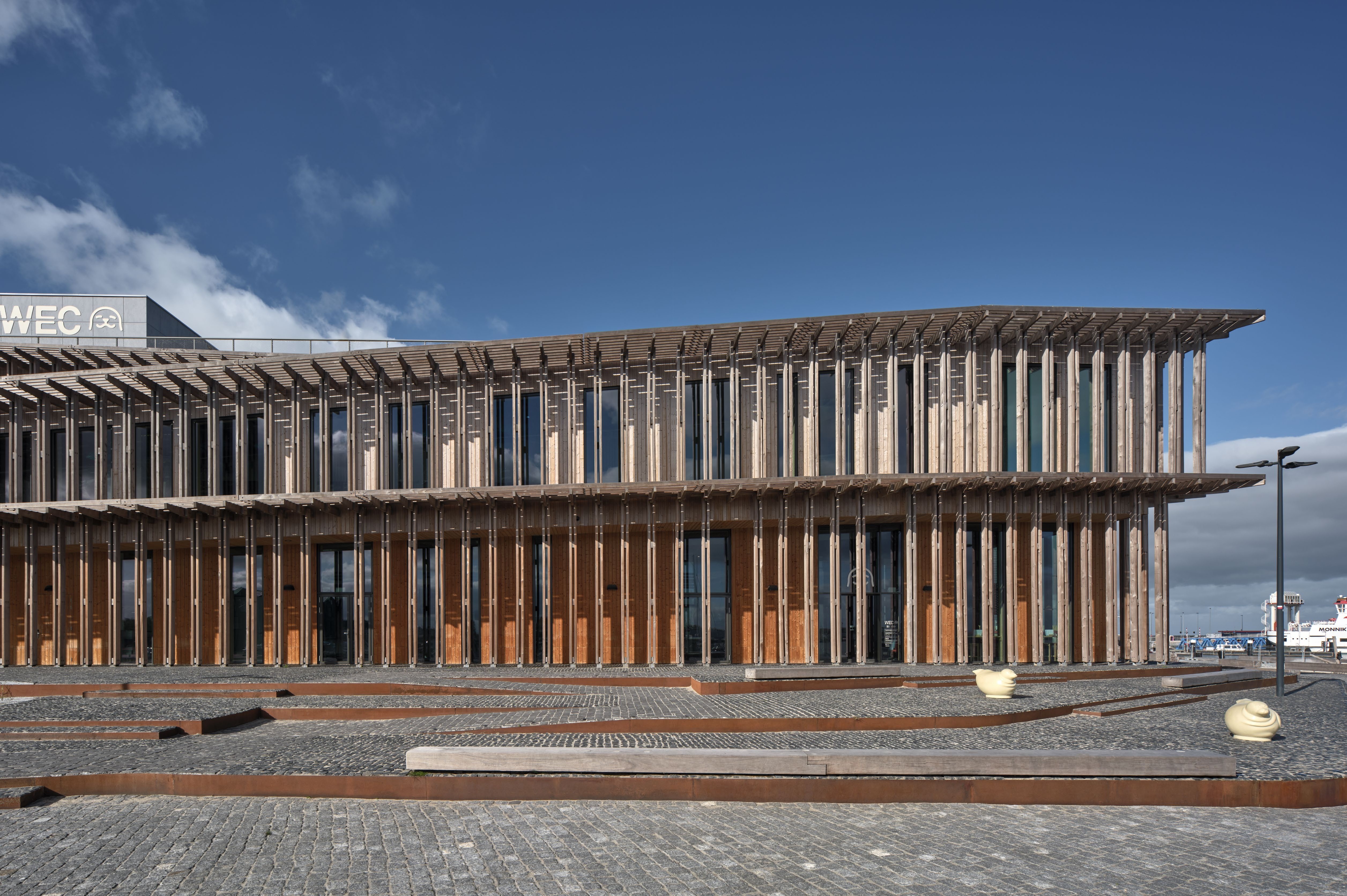 A Dutch visitor centre echoes the ‘rising and turning’ of the Wadden Sea
A Dutch visitor centre echoes the ‘rising and turning’ of the Wadden SeaThe second instalment in Dorte Mandrup’s Wadden Sea trilogy, this visitor centre and scientific hub draws inspiration from the endless cycle of the tide
-
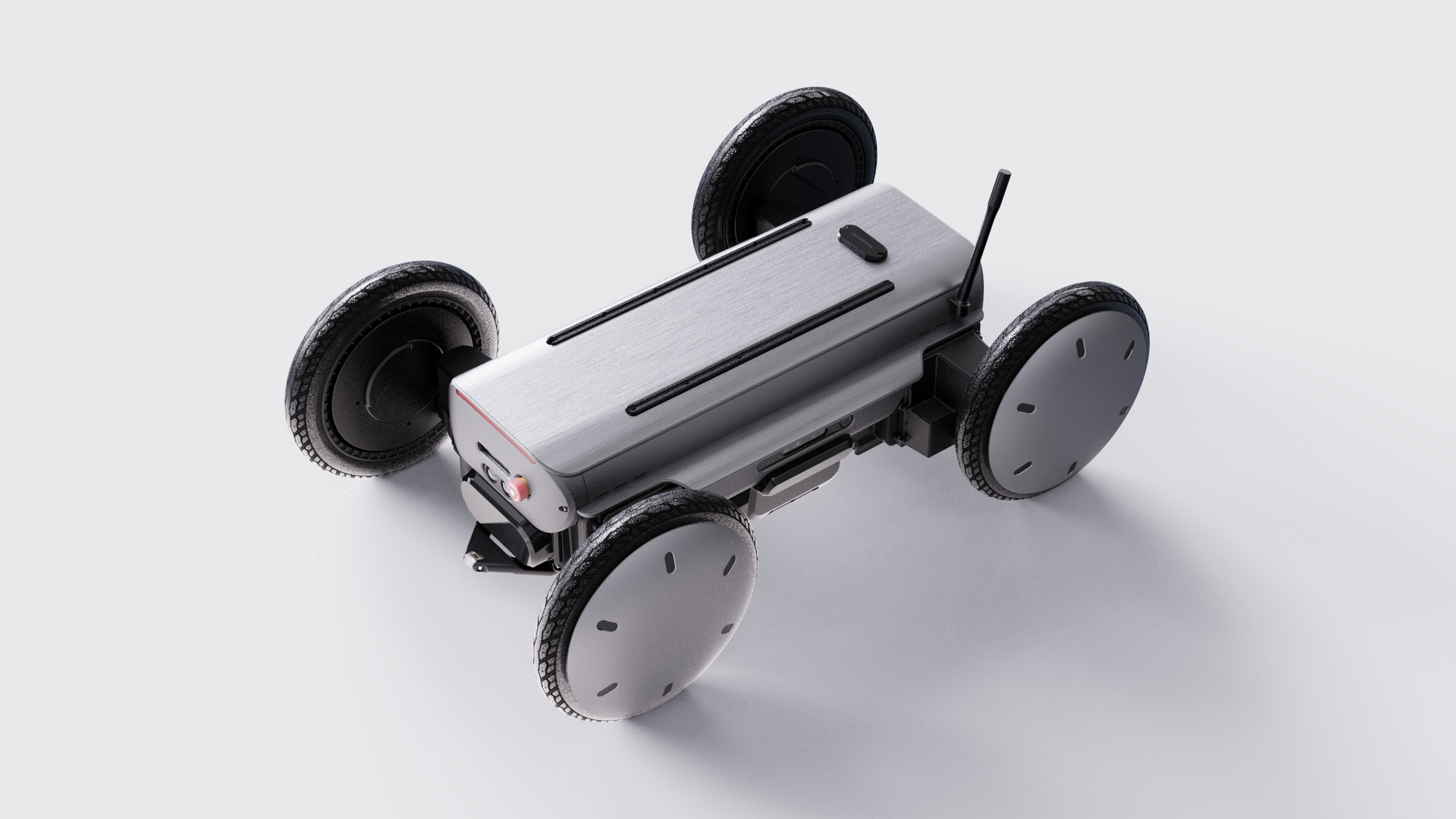 Hyundai is the latest car company to get into robotics: meet the Mobile Eccentric Droid
Hyundai is the latest car company to get into robotics: meet the Mobile Eccentric DroidThe MobED is a new product from Hyundai’s Robotics LAB, pitched at last-mile delivery and industrial applications
-
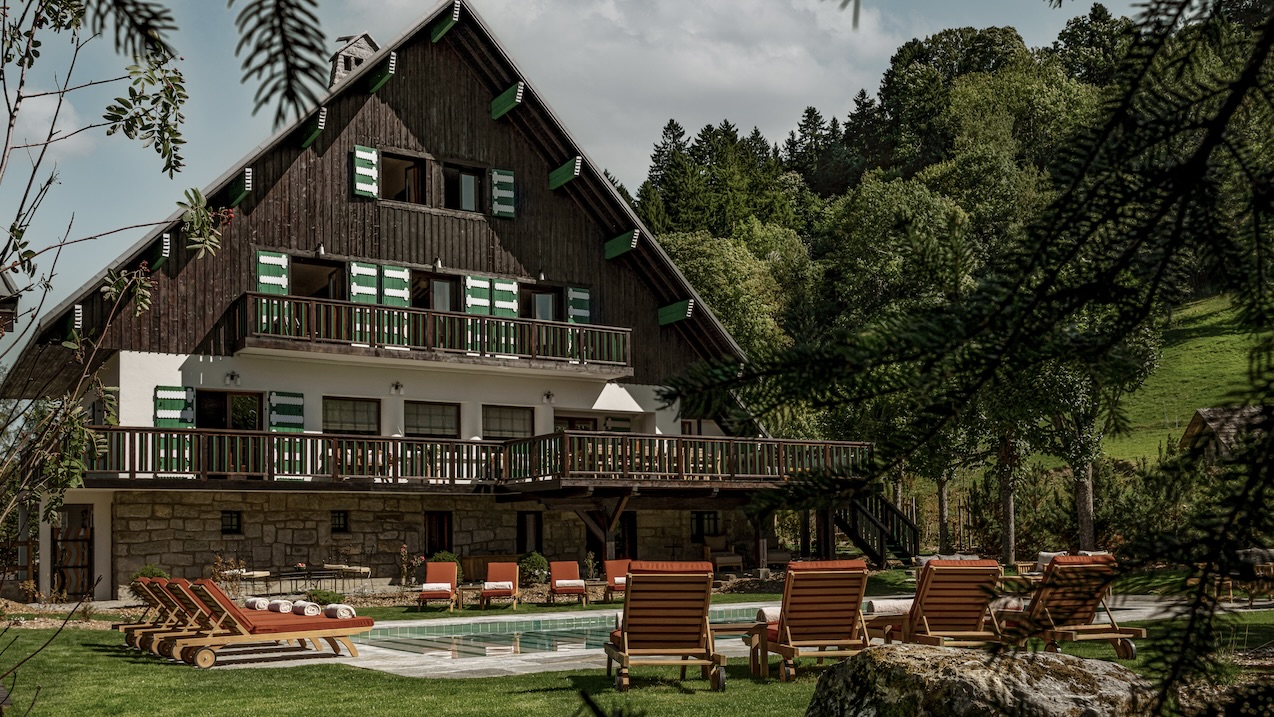 This Alpine chalet rejects the ‘modern ski’ aesthetic to embrace art deco
This Alpine chalet rejects the ‘modern ski’ aesthetic to embrace art decoOriginally designed by architect Henry Jacques Le Même, a key figure in shaping the Alpine style, Le Sarto in Megève, France, has been captivatingly transformed by interior architecture studio Claves
-
 Aussie vibes meet Parisian grandeur? This Sydney apartment pulls off the unlikely combination
Aussie vibes meet Parisian grandeur? This Sydney apartment pulls off the unlikely combinationLongtime clients of Dylan Farrell Design trusted the studio to go bold with the gut renovation of their Sydney flat – now an intriguing study in contrasts
-
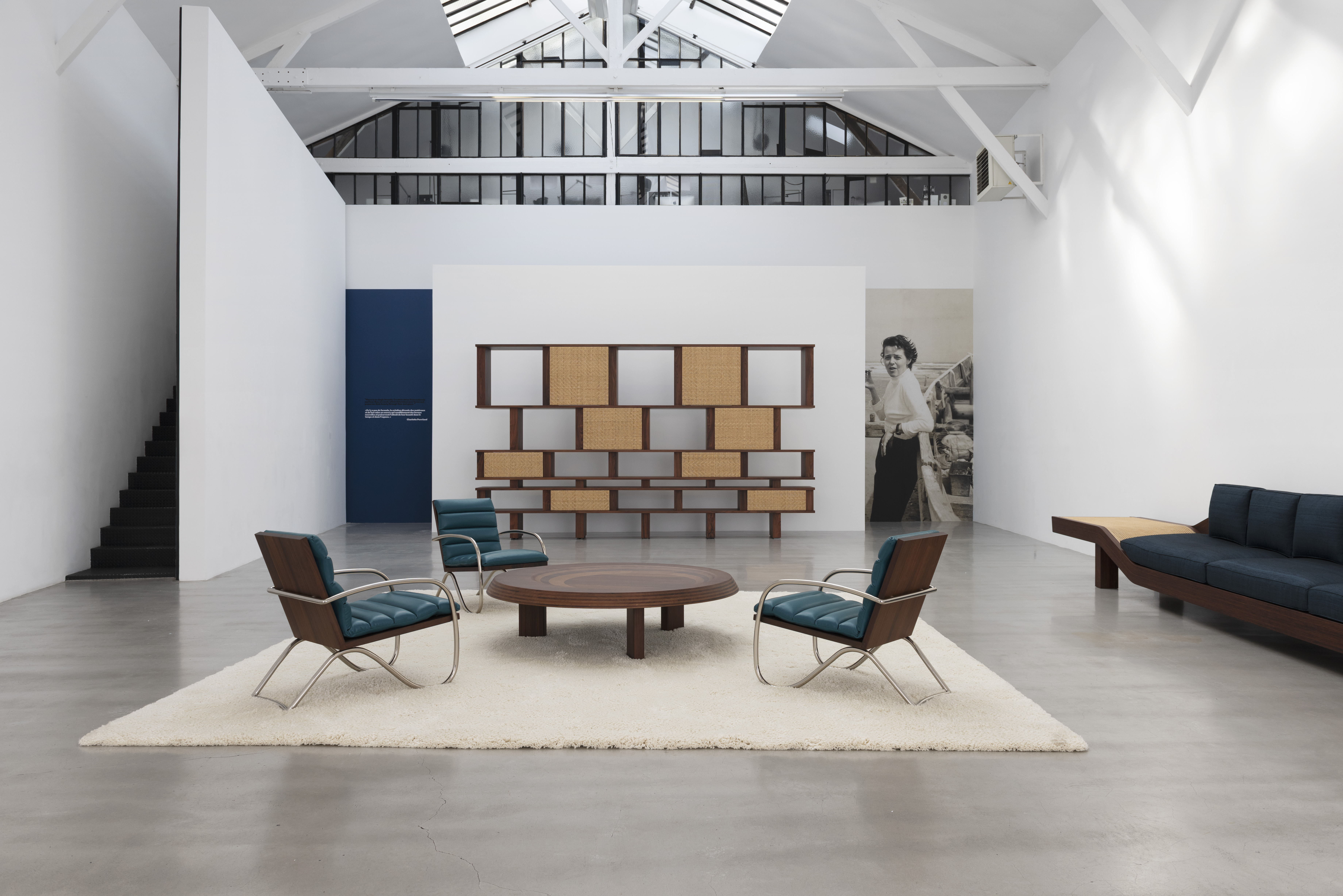 Saint Laurent's Anthony Vaccarello curates four rare Charlotte Perriand reissues
Saint Laurent's Anthony Vaccarello curates four rare Charlotte Perriand reissuesThese lesser-seen Charlotte Perriand furniture designs are reissued in a limited edition and on display at Paris' Galerie Patrick Seguin (until 22 November 2025)
-
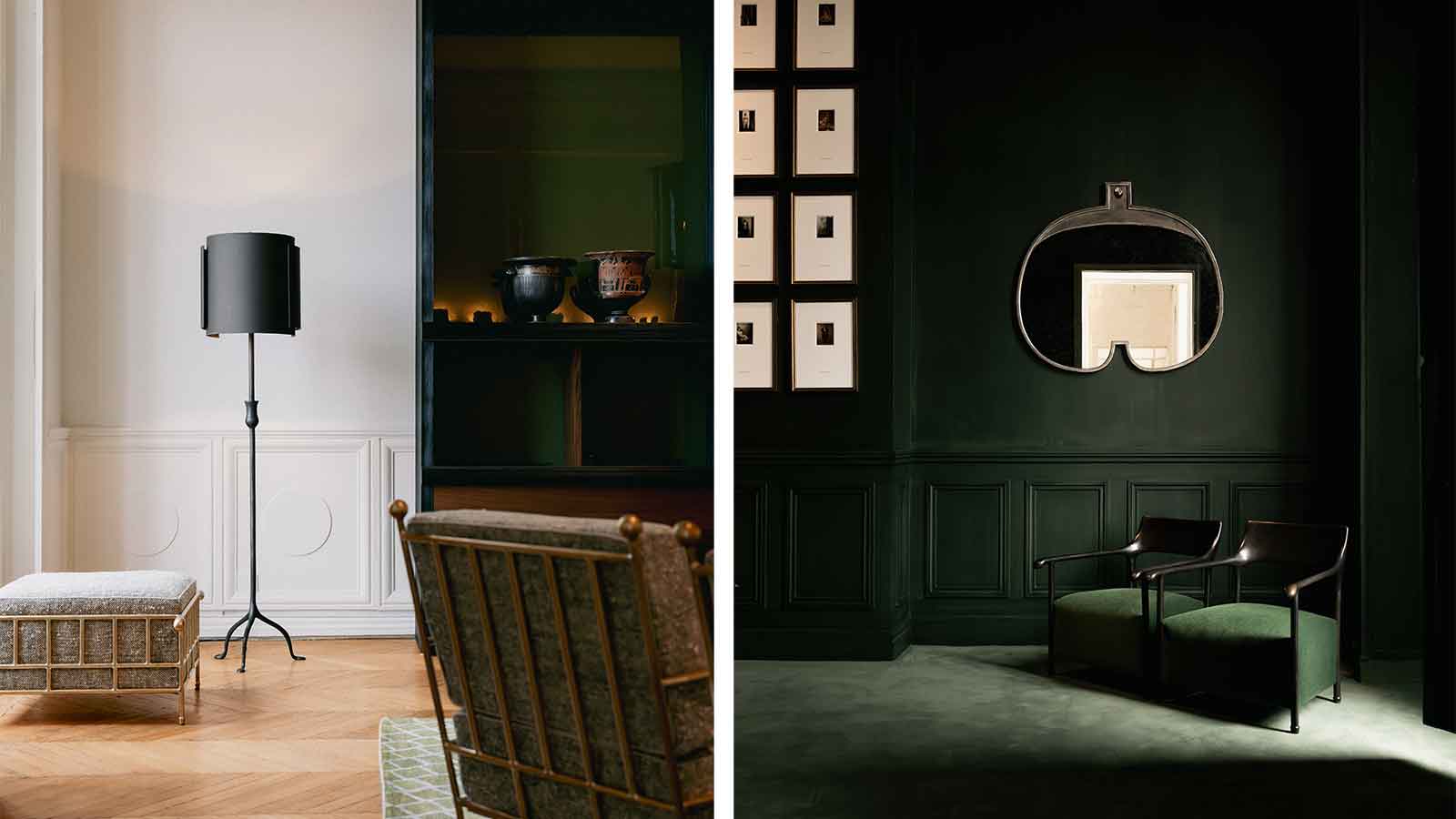 Charles Zana's fantasy interiors are on display in a Parisian apartment
Charles Zana's fantasy interiors are on display in a Parisian apartmentThis week, Charles Zana presents new, extra-large furniture designs in an apartment overlooking the Tuileries gardens
-
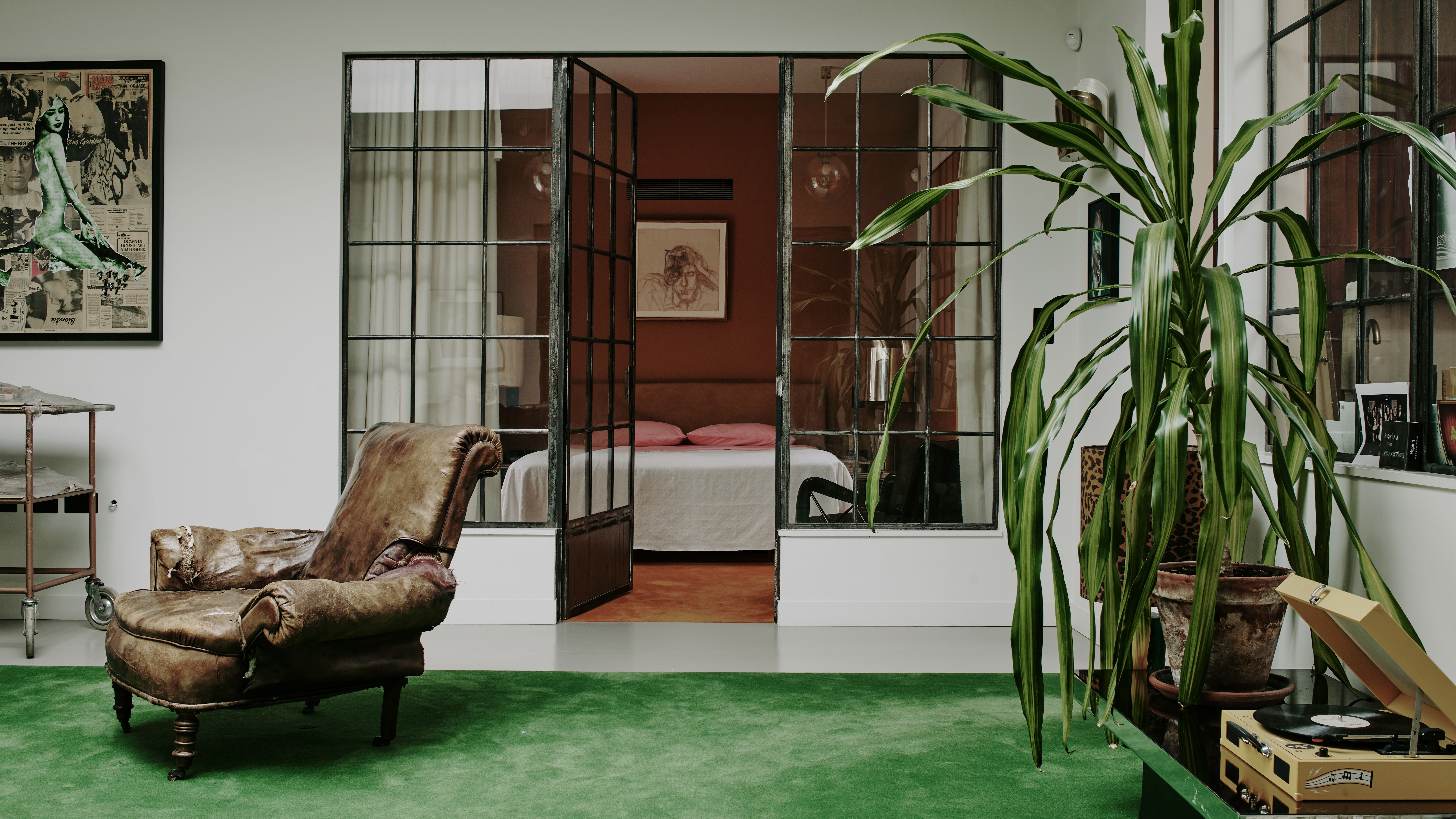 A new coffee table book proves that one designer’s trash is another’s treasure
A new coffee table book proves that one designer’s trash is another’s treasureThe Rizzoli tome, launching today (16 September 2025), delves into the philosophy and process of Retrouvius, a design studio reclaiming salvaged materials in weird and wonderful ways
-
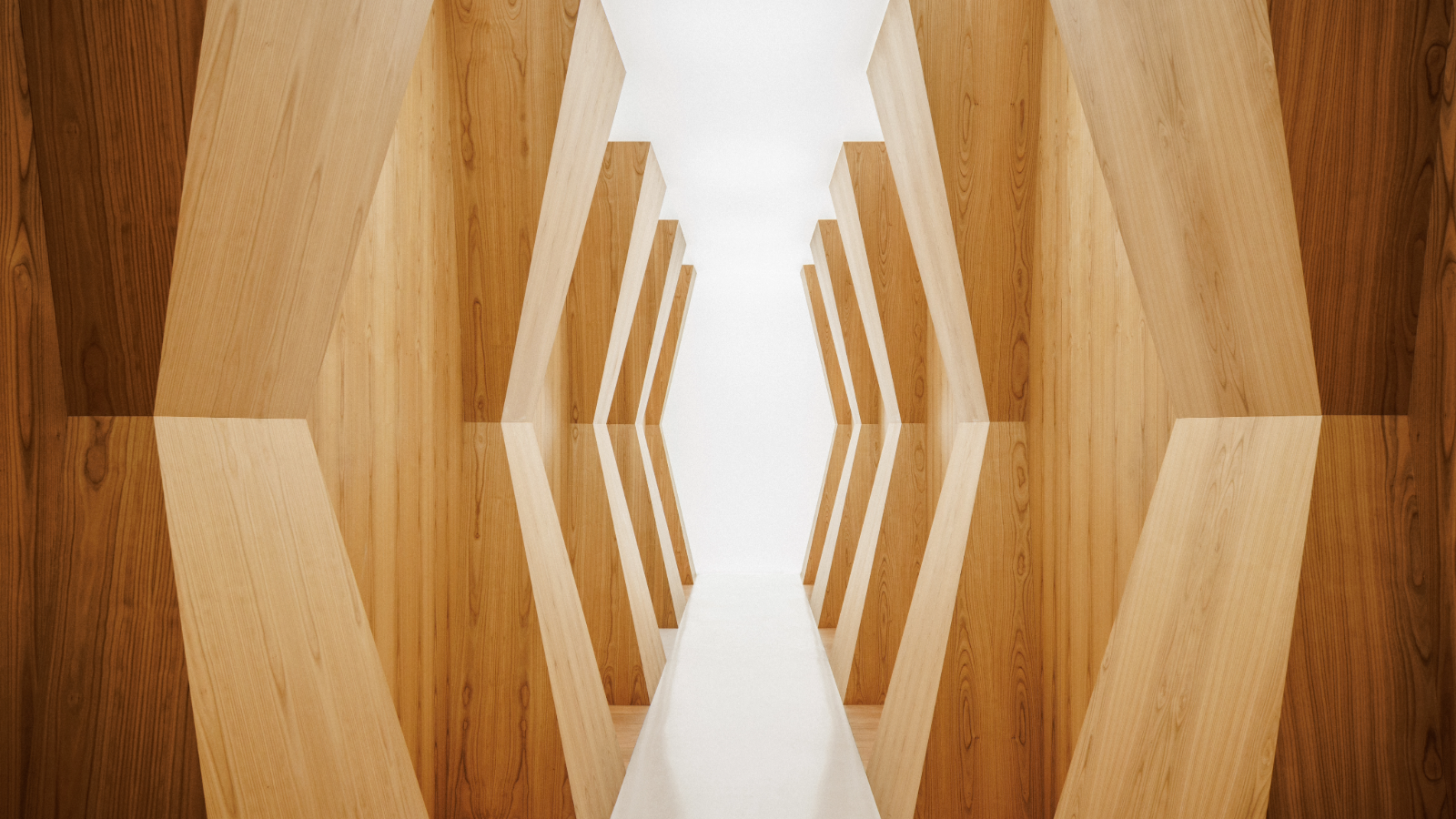 ‘Reimagining the medical facility as a sanctuary of restoration’: welcome to Zoī Vendôme, Paris
‘Reimagining the medical facility as a sanctuary of restoration’: welcome to Zoī Vendôme, ParisYoung Mexico-based architecture practice Sala Hars injects a healthy dose of drama into Zoī Vendôme, a minimalist health centre in Paris
-
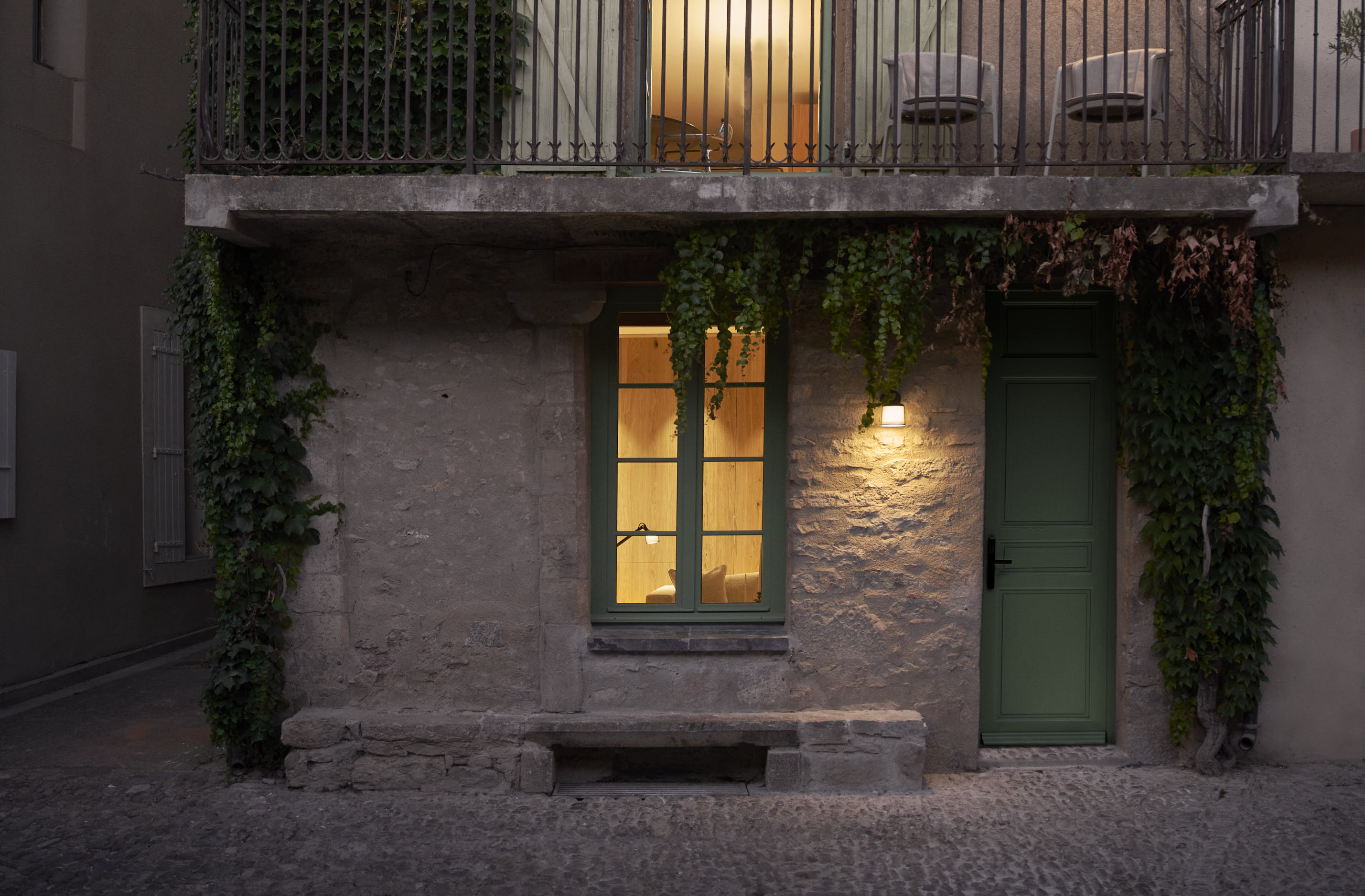 Most people know Vipp for its pedal bin. The brand has just opened a guest house in France
Most people know Vipp for its pedal bin. The brand has just opened a guest house in FranceA 14th-century home is outfitted in Vipp’s signature Scandi style – and you can stay there
-
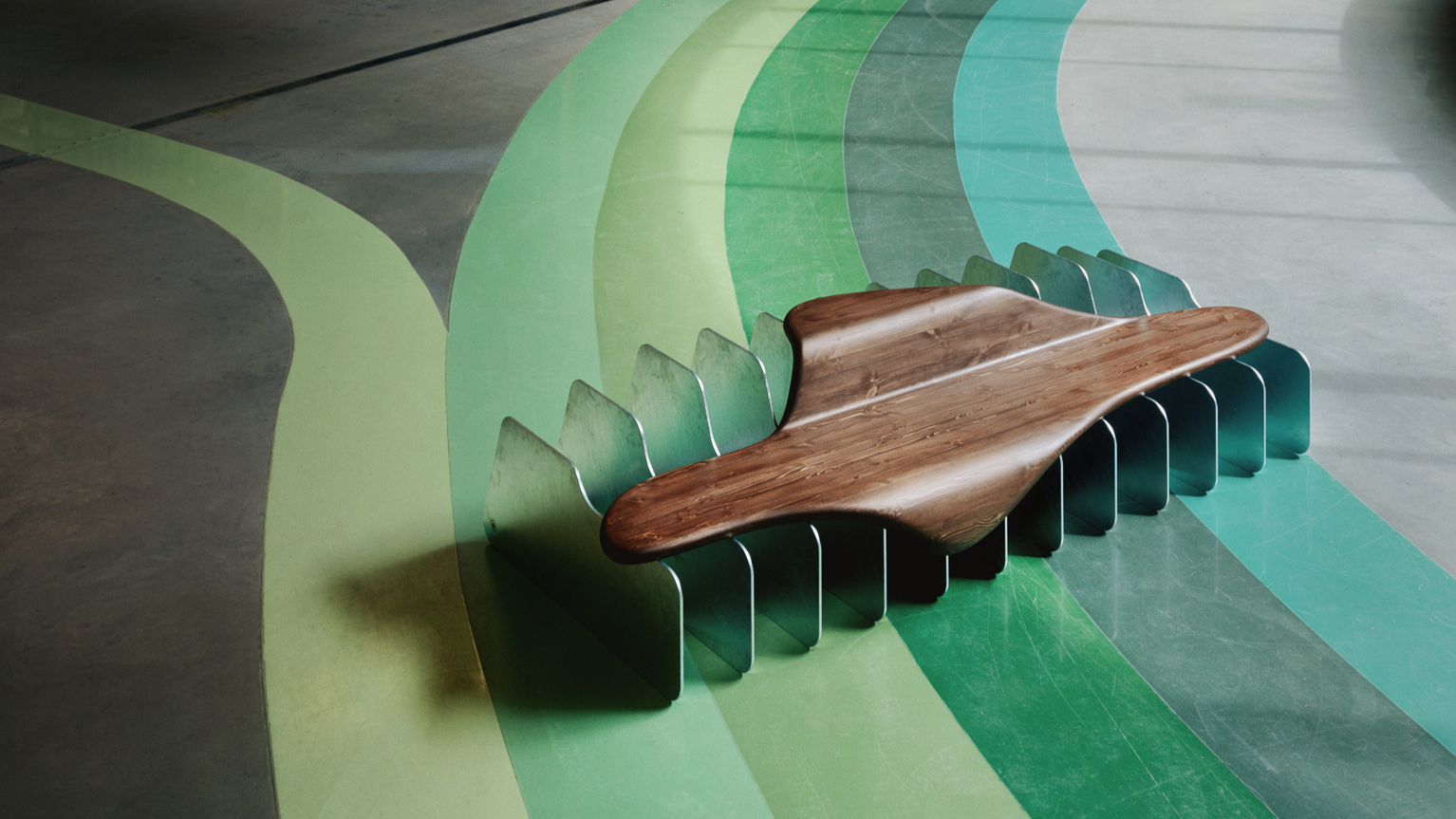 Vestre’s neo-brutalist furniture will bring ‘a little madness’ to Paris Fashion Week
Vestre’s neo-brutalist furniture will bring ‘a little madness’ to Paris Fashion WeekBound for Paris Men’s Fashion Week this month, Norwegian furniture brand Vestre reveals a sculptural bench and mirror created with designer Vincent Laine and fashion creative Willy Cartier – the latest outcome of its risk-taking ‘a little madness’ initiative